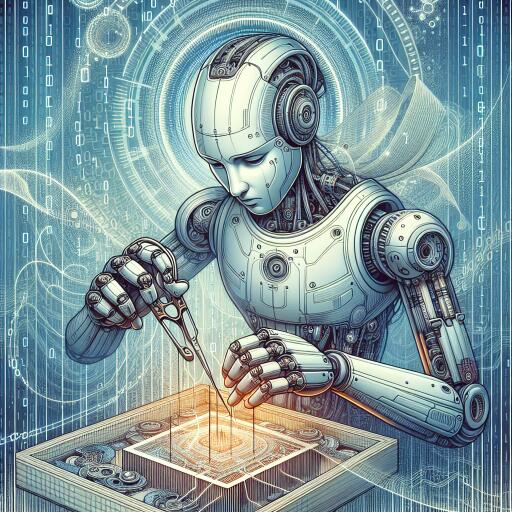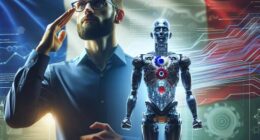Google DeepMind Discusses Latest Advances in Robot Dexterity – The Robot Report
ALOHA Unleashed achieves a high level of dexterity in bi-arm manipulation. | Source: Google DeepMind
Google DeepMind recently provided insight into two groundbreaking artificial intelligence systems it has developed: ALOHA Unleashed and DemoStart. According to the company, both systems are designed to assist robots in performing complex tasks that necessitate dexterous movement.
Dexterity is a deceptively difficult skill to master. Many tasks that humans perform daily without a second thought, such as tying shoelaces or tightening screws, could take weeks of training for robots to execute reliably. The DeepMind team emphasized that for robots to become more useful in everyday lives, they need to improve their ability to interact with physical objects in dynamic environments.
ALOHA Unleashed
The Alphabet unit’s ALOHA Unleashed is aimed at enabling robots to learn and perform complex and novel two-armed manipulation tasks. This system achieves an impressive level of dexterity in bi-arm manipulation, as noted by Google DeepMind. With the help of ALOHA Unleashed, Google’s robot learned to tie a shoelace, hang a shirt, repair another robot, insert a gear, and even clean a kitchen.
ALOHA Unleashed builds upon DeepMind’s ALOHA 2 platform, which was based on the original ALOHA low-cost, open-source hardware for bimanual teleoperation from Stanford University. ALOHA 2 enhances dexterity by providing two hands that can be teleoperated for training and data-collection purposes, allowing robots to learn new tasks with fewer demonstrations.
Google has also improved the ergonomics of the robotic hardware and enhanced the learning process in its latest system. Initially, it collected demonstration data by remotely operating the robot during difficult tasks such as tying shoelaces and hanging T-shirts. Then, it applied a diffusion method to predict robot actions from random noise, similar to how the Imagen model generates images. This approach helps the robot learn from the data, enabling it to perform the same tasks independently.
DemoStart
Controlling a dexterous robotic hand is a complex task with complexity increasing with each additional finger, joint, and sensor. Google DeepMind aims to tackle this challenge with DemoStart, presented in a new paper. DemoStart employs a reinforcement learning algorithm to help new robots acquire dexterous behaviors in simulation.
These learned behaviors can be particularly useful for complex environments, such as multi-fingered hands. DemoStart starts with easy states and progressively incorporates more complex states until it masters a task to its highest ability. This system requires 100 times fewer simulated demonstrations to solve a task in simulation compared to what’s typically needed when learning from real-world examples.
After training, the research robot achieved a success rate of over 98% on various tasks in simulation, including reorienting cubes with a specific color, tightening a nut and bolt, and tidying up tools. In real-world setups, it achieved a 97% success rate on cube reorientation and lifting, and 64% on a plug-socket insertion task requiring high-finger coordination and precision.
Google developed DemoStart using MuJuCo, its open-source physics simulator. After mastering a range of tasks in simulation and employing standard techniques like domain randomization to reduce the sim-to-real gap, its approach was nearly zero-shot transferable to the physical world.
Robotic learning in simulation can significantly cut the cost and time required for physical experiments. However, designing these simulations is challenging and they do not always translate successfully to real-world performance. By combining reinforcement learning with learning from a few demonstrations, DemoStart’s progressive learning automatically generates a curriculum that bridges the sim-to-real gap, facilitating the transfer of knowledge from simulation to physical robots and reducing experiment costs and durations.
Future Prospects
To enable more advanced robot learning through intensive experimentation, Google tested this new approach on a three-fingered robotic hand called DEX-EE, developed in collaboration with Shadow Robot. While Google acknowledges that it still has a long way to go before robots can grasp and handle objects with human-like precision and ease, the advancements made with ALOHA Unleashed and DemoStart mark significant progress in the field.
As these artificial intelligence systems continue to evolve, the future holds promising potential for robots to perform a wider variety of helpful tasks, enhancing their utility in everyday life.










